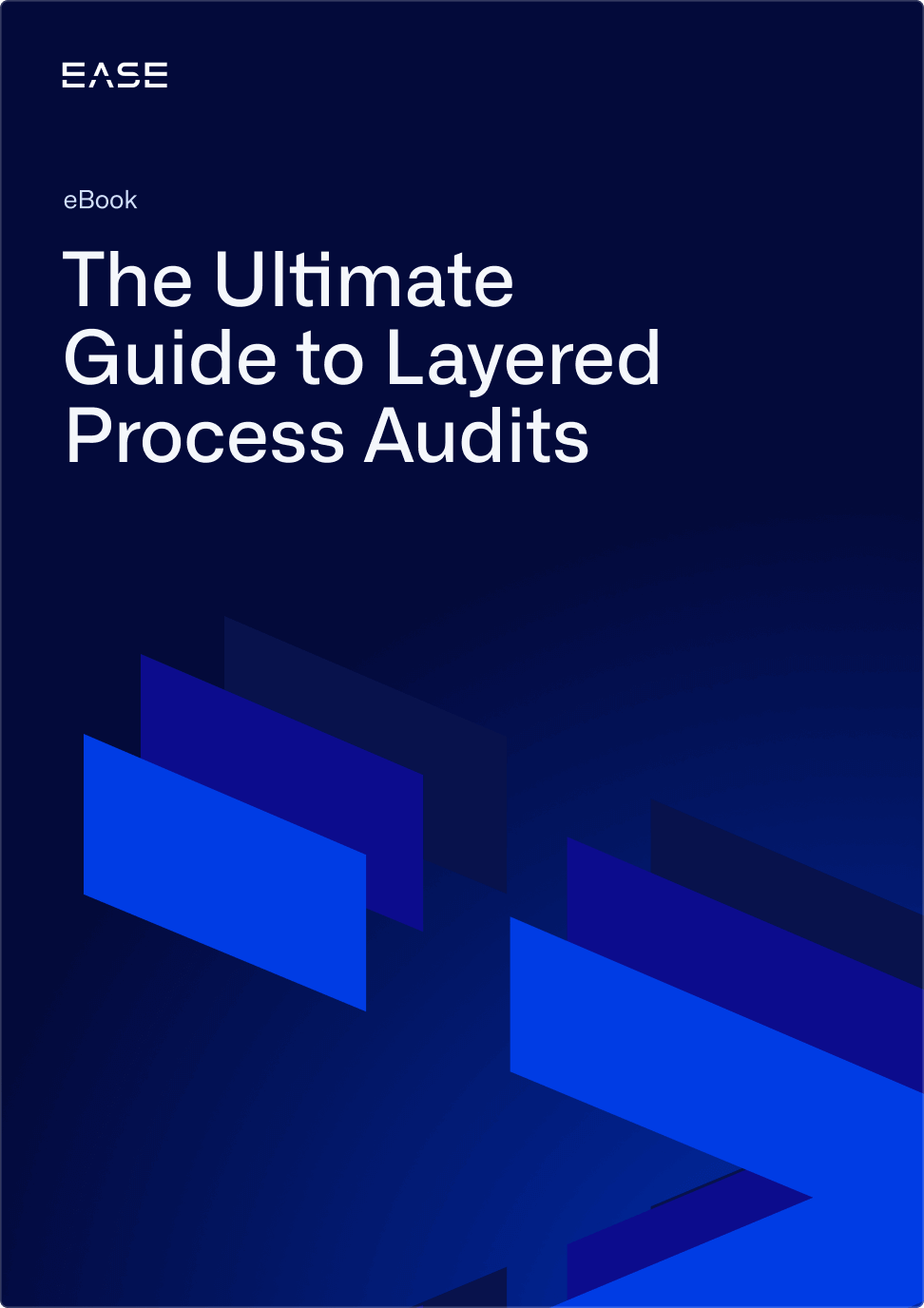How to Use Audit Software to Reduce Audit Overload

Conducting audits seems simple on the surface, but it actually involves a number of steps where things can go wrong.
For starters, there’s scheduling and ensuring that people actually do their audits. Then there’s writing the questions themselves, making sure checklists are up-to-date and distributing them to auditors. Finally, you have to enter the findings into a format appropriate for review, and making sure people follow up on any nonconformances.
With so many details to manage, it’s no wonder that plants have a hard time with high frequency audits proven to reduce defects and complaints.
It’s also why manufacturers are turning to automated software to simplify the process, allowing them to collect more plant floor data with less effort and better results.
In today’s article, we look at how to use software to reduce audit overload. We also provide strategies for how plants can get more from their investment, and make progress toward their most important quality goals.
Download our success story on how a top 50 automotive manufacturer reduced PPM 73% with EASE mobile audit software
Sticking to Your Audit Schedule
Depending on the frequency of your audits, scheduling can be a huge headache. It’s especially true with high frequency audits like layered process audits (LPAs), which use multiple daily checks to verify processes critical to quality.
Instead of having to schedule audits manually, you can reduce the burden with automated software by:
- Scheduling an entire year’s worth of audits at a time
- Incorporating planned shutdowns and auditor paid time off (PTO) into the audit schedule
- Setting up your software to send automated notifications when it’s time for auditors to do their checks
Updating Questions
There are several reasons why it’s important to update audit questions on a regular basis. For starters, audit and inspection questions should reflect current quality challenges. That means new questions should be added based on recent defects and customer complaints to ensure the issues don’t happen again.
What’s overwhelming trying to do this with paper checklists is that not only do you have to change the original file, you also have to recall all the old checklists. Then, you have to print and redistribute the new ones.
The result: people rarely bother to update questions, leaving outdated questions on checklists that may not reflect today’s quality issues.
Creating Specific, Relevant Checklists
For audits to generate valuable insights, they need to be specific to each work area.
For instance, a question that asks whether work instructions are being followed isn’t as useful as one that asks whether the right drill speed is being used. The first question contains is more likely to be passed without investigation, especially because non-experts won’t know where to look.
The problem is that it’s extremely time-consuming with spreadsheet and paper audits to create checklists specific to each work area. Audit software makes it much simpler, allowing you to use question tags to reuse questions where appropriate and create ones that are unique to each process. Furthermore, you can randomize and rotate the questions so you know you’re getting broad coverage of all the risks you need to be paying attention to.
Compiling Findings Quickly
In a traditional audit program, compiling findings can extend the time between finding issues and fixing them. Someone has to take the paper checklists and enter them into a spreadsheet or quality management system (QMS) for review, creating lag time that allows problems to persist.
Audit software reduces the overload of having to enter findings manually, even providing helpful graphs such as Pareto charts so you can quickly see where your biggest risks are.

Following Up on Findings
Whenever possible, issues identified during audits and inspections should be corrected on the spot. In some cases, however, this isn’t possible. Fixing the problem may require a number of steps, including:
- Notifying management of the issue
- Root cause analysis to find the source of the problem
- Assigning action items to different individuals as part of the corrective action
- Validating and verifying corrective actions
Audit software makes each of these steps easier by allowing you to:
- Immediately send notifications to relevant managers
- Document the problem with photos rather than having to write it out in words
- Assign follow-up action items to different people
- Add a new audit question to validate that the corrective action worked
- Rotate in the above question randomly to periodically verify that the correction is being held in place
Conducting audits frequently enough to drive real improvement in a manufacturing plant can quickly become overwhelming. The result is often low audit completion rates and rampant pencil-whipping, which defeats the purpose of conducting checks entirely.
Audit software can help avoid the most common problems encountered with audits and inspections. Software like EASE does this by eliminating administrative burden and focusing audits on what really counts—which is what’s actually happening on the plant floor. Once you do that, you’re able to collect more meaningful data that you can use to close the loop on quality issues once and for all.
